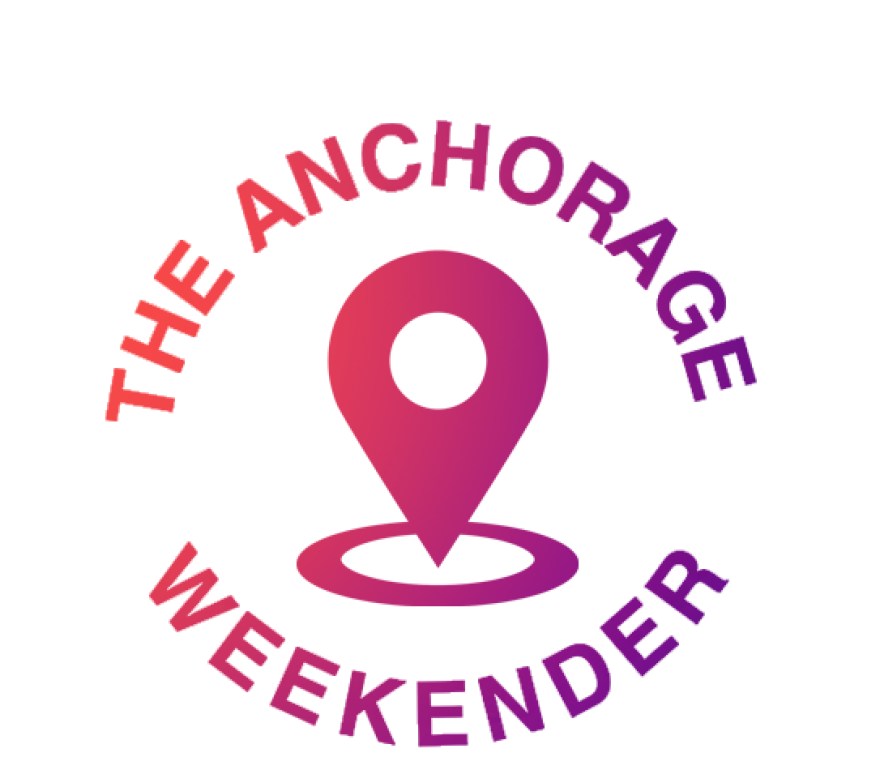2025 was full of big stories — from the threat of Mount Spurr erupting to Presidents Trump and Putin meeting in Anchorage to the devastating Western Alaska storm that displaced hundreds.
Latest News & Local Programs
-
Juneau has broken its all-time snow record for the month of December with 63.7 inches as of Tuesday morning.
-
Alaska public health officials continue to recommend the Hepatitis B vaccine for all newborns, citing high rates of chronic infection in the state.
-
The American Geophysical Union conference brought together Earth and space scientists from more than a hundred countries, including researchers from the University of Alaska Fairbanks.
-
To qualify, the storm must have prevented you from returning to your workplace, or you must have suffered a typhoon-related injury that affected your ability to work.
-
Teen use of AI chatbots is growing, and psychologists worry it's affecting their social development and mental health.
-
Power outages and damaged homes after the Mat-Su's fourth severe wind storm this month.
-
Wind gusts reached 90 mph at Palmer's airport Sunday evening, blowing off sections of the mayor's roof and breaking his front windows.
-
Although sentenced to 77 years and one month, a majority of that sentence was suspended.
-
The nonprofit downhill ski area has high hopes despite challenging winter weather.
-
Much of the world follows the Gregorian calendar, named after Pope Gregory XIII, who put the finishing touches on a Roman system that integrated ideas from other cultures.
Thanks to our sponsors
More from AKPM
Your weekly guide to the best events and happenings around town.



















